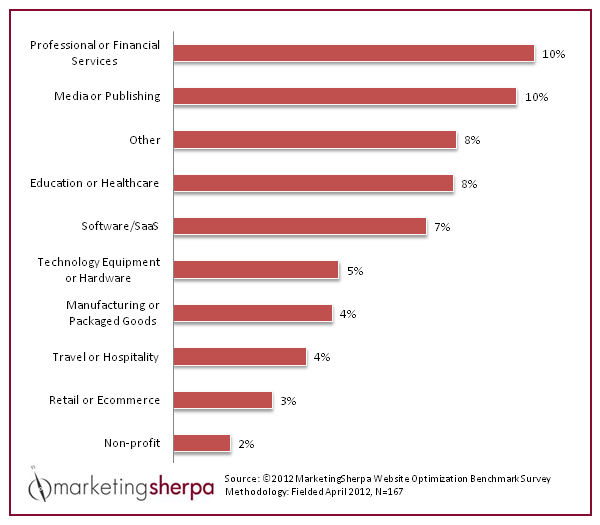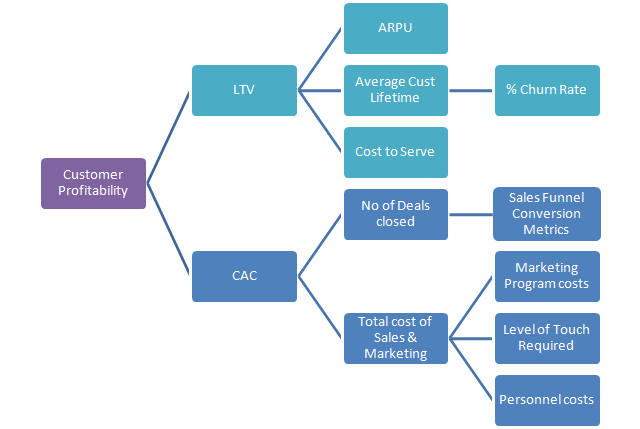5 Important Metrics Every Value Investor Should Understand
Post on: 1 Апрель, 2015 No Comment

If you are a value investor, you are already aware that fundamentals are paramount when analyzing the health of a company. Analyzing the fundamentals, such as a company’s operational and financial data, is the preferred investment method of some of history’s most successful investors, including Warren Buffett and George Soros.
This should come as no surprise, because having comprehensive knowledge of a company’s sales growth, earnings per share, and other financial numbers can help savvy investors avoid overvalued stocks. However, not all metrics are as useful as others, and some deserve much more of your attention. Here are five important metrics every value investor should understand.
1. Price-to-Earnings Ratio
The price-to-earnings ratio, also known as the P/E ratio. is one of the most popular and valuable fundamental ratios. By dividing the share price of a stock by its earnings per share, the P/E ratio provides a value representing how much investors are willing to pay for each dollar of a company’s earnings.
This ratio is important because it allows investors to compare the valuations of different companies. A stock with a higher P/E ratio costs more per share for the same financial performance as a stock with a lower P/E ratio, so value investors should choose a stock with a low P/E ratio over one with a high P/E ratio.
However, the P/E ratio does not prove valuable when comparing companies in different industries or sectors. For instance, it may be wise to dismiss a telecom stock with a P/E ratio above 20, but it is more than reasonable to consider a high-tech stock with a P/E ratio of 40. Basically, when comparing P/E ratios, you must compare apples to apples.
2. Price-to-Book Ratio
While the P/E ratio is an extremely valuable indicator to use when examining how much investors are willing to pay for each dollar of a company’s earnings, the price-to-book ratio, or P/B ratio, is equally as good in determining what investors are willing to pay for each dollar of a company’s assets. Rather than dividing a company’s share price by its earnings per share, the P/B ratio divides a company’s share price by its net assets. However, intangibles, such as goodwill, are not accounted for.
Disregarding intangibles is an important aspect of the P/B ratio, simply because it shows how much investors are paying for tangible, real-world assets, not intangibles that are more difficult to value. This doesn’t mean the P/B ratio does not have limitations. For companies that have a greater percentage of intangible assets, the P/B ratio will be much higher and often mislead investors. However, for the majority of stocks, investors should aim for a P/B ratio of 1.5 or less in order to gain a solid value.
It is essential for every investor in search of a big value stock to understand how a company’s assets are financed. This is where the debt-equity ratio comes in handy. The ratio indicates the percentage of financing a company has utilized from debt and equity. Similar to the P/E ratio, the debt-equity ratio also varies from one industry to another.
When examining the debt-equity ratio, be wary of above-industry numbers, because it may signal that a company is taking on too much debt. It is also important to note that penny stock investors should pay particular attention to the debt-equity ratio, since many penny stocks are start-up companies that often take on considerable debt to fund their ventures.
4. Free Cash Flow

Contrary to the belief of many investors, a company’s earnings and cash almost never equal out. This is due to the fact that companies do not use their corporate checking account balances when reporting their financials. Instead, they use IFRS or GAAP accounting principles. Thus, a company could report substantial quarterly profits, but the corporate accounts may not reflect this.
Free cash flow takes care of this problem. It lets investors know exactly how much cash is left after its capital investments. Typically, it’s wise to choose a company with positive cash flow, and as is the case with the debt-equity ratio, it is especially important to pay attention to this ratio during tough market conditions.
Commonly known as the PEG ratio. the price/earnings to growth ratio is similar to the P/E ratio, but it also takes into account a company’s earnings growth. Seeking out stocks based upon their PEG ratios is a solid way of identifying stocks that are growing, undervalued, and could make major moves in the near future. Similar to the P/E ratio, this valuable metric also varies from one industry to another.
Looking Beyond the Metrics
These metrics can prove extremely valuable to value investors, but numbers aren’t everything in the world of value investing. Many times, low valuations are more than justified, and qualitative metrics, such as the quality of a company’s management, are also taken into account when valuing a company. Ultimately, practice makes perfect. After mastering these five metrics, you will be on your way to becoming a successful value investor and begin identifying the market’s most undervalued stocks.














